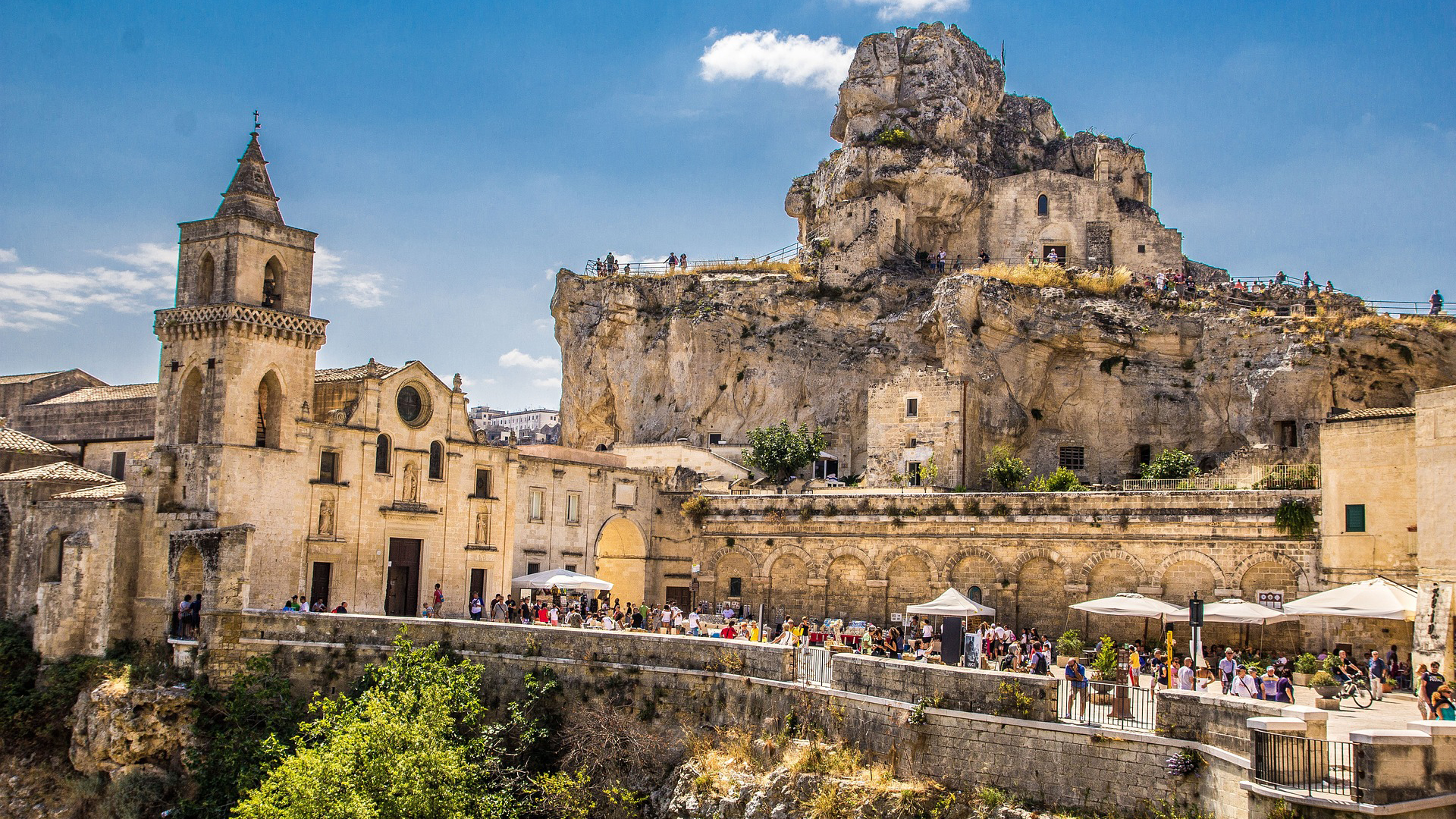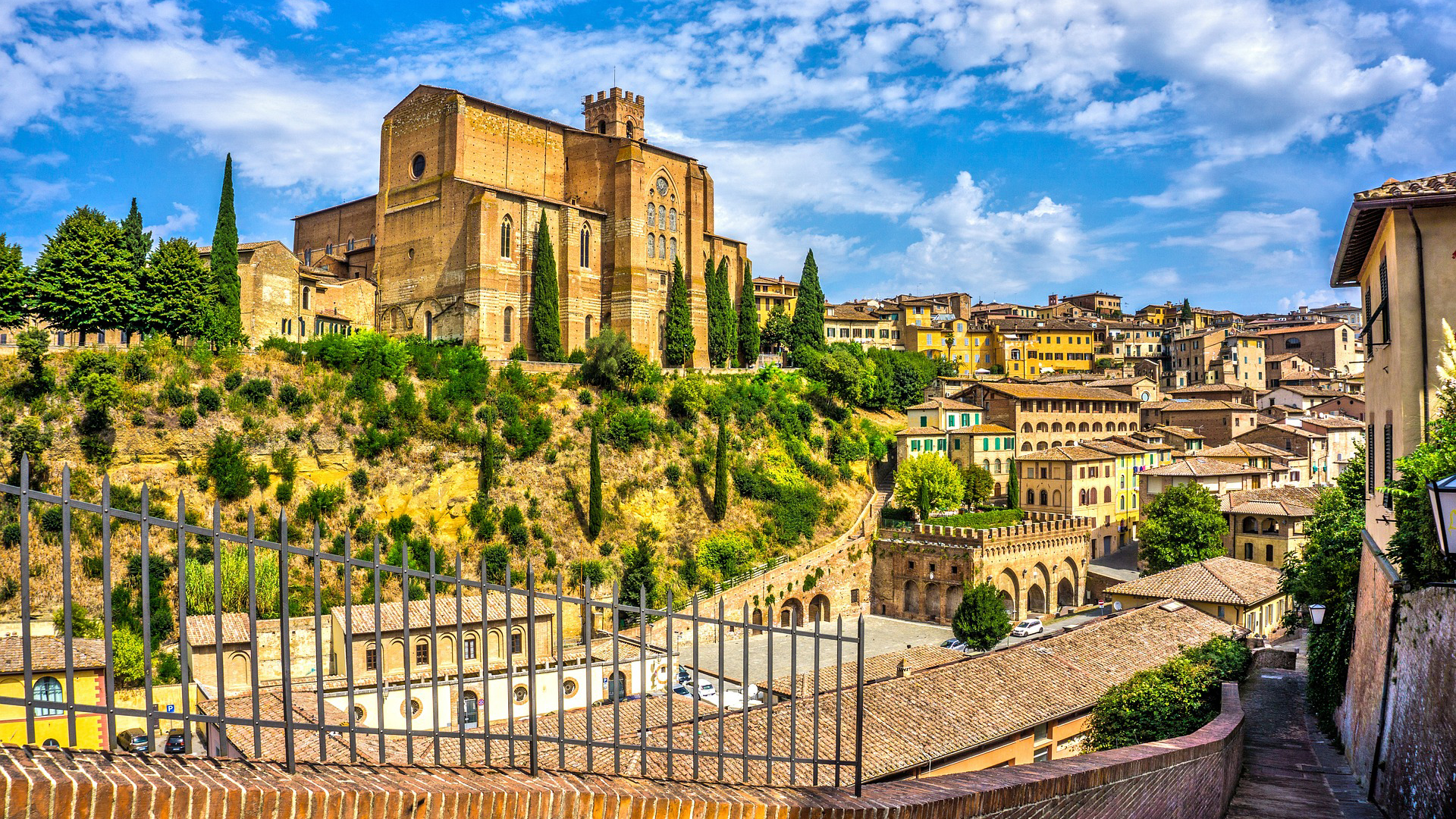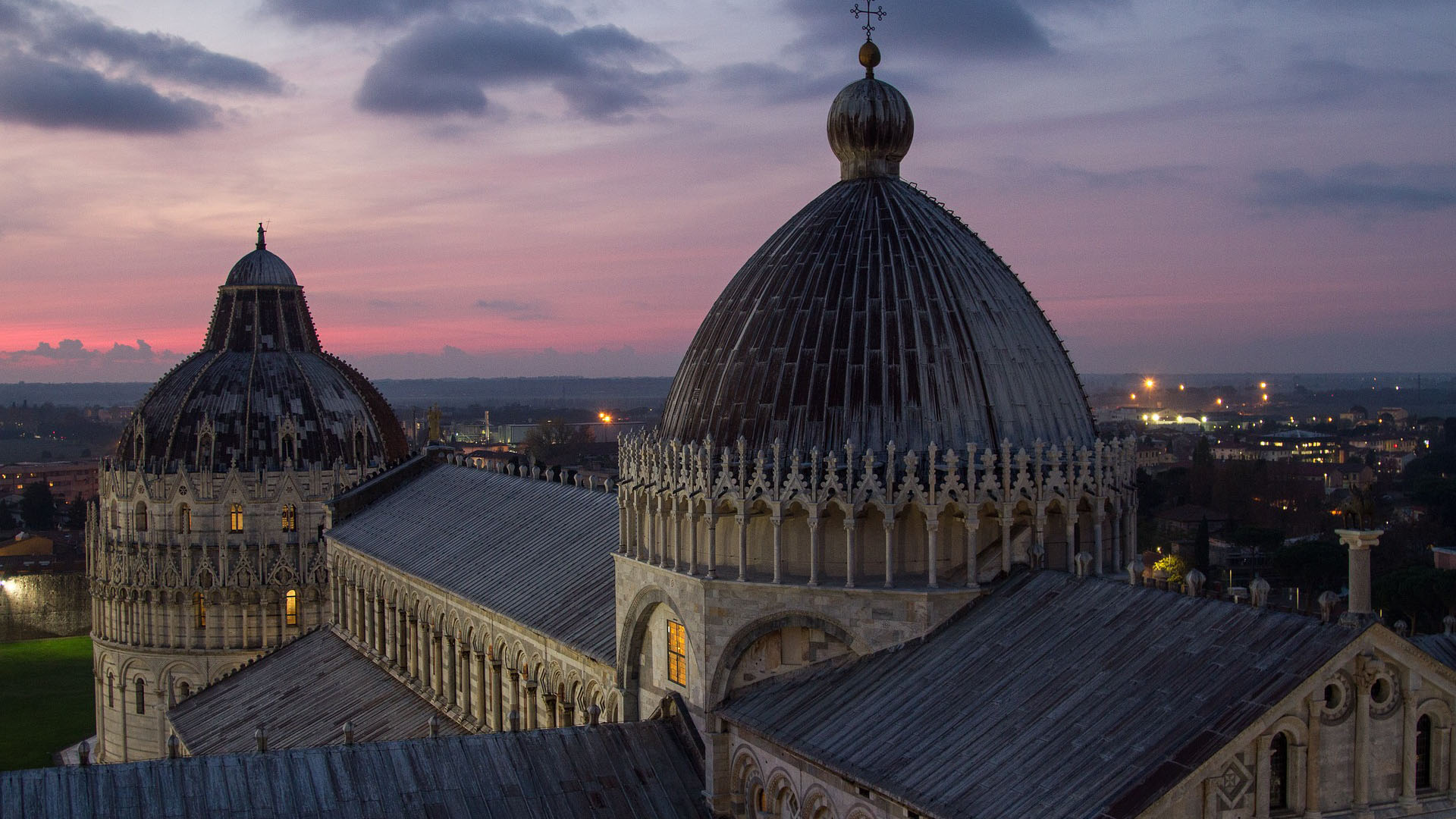Italy boasts more World Heritage sites than any other country in the world. It has 53 cultural and five natural UNESCO World Heritage sites, for a grand total of 58. UNESCO World Heritage Sites are deemed to be of “outstanding value to humanity.” These sites are actively identified, protected, and preserved under the Convention concerning the Protection of the World Cultural and Natural Heritage, which was adopted in 1972.
Every week, America Domani will release a list, and brief description, of 5 UNESCO World Heritage Sites, listed in the order in which they were inscribed. Last week, we released the first five sites that were inscribed, including the rock drawings of Valcamonica and the historic centers of Rome and Florence.
Piazza del Duomo, Pisa (1987)

The Piazza del Duomo contains four architectural masterpieces: the cathedral, the bell tower, the Campo Santo, and the Baptistery. Each of these monuments are bursting with works of art, from frescoes, mosaics, pulpits, and bronze doors. According to UNESCO, these four monuments “considerably influenced the development of architecture and monumental arts at two different times in history.”
The Sassi and the Rupestrian churches of Matera (1993)

The Sassi and the Park of the Rupestrian churches of Matera, located in the southern Basilicata region, are a prime example of a rock-cut settlement that has exhibited continuity over more than two millennia. According to UNESCO, it is “the most outstanding, intact example of a troglodyte settlement in the Mediterranean region, perfectly adapted to its terrain and ecosystem.” The area was first inhabited during the Paleolithic period, the period in which man first discovered fire.
Historic center of Siena (1995)

Over a period of nine centuries, the medieval city of Siena has managed to preserve its Gothic essence, architecturally acquired between the 12th and 15th centuries. The entire city was built around Piazza del Campo with the intention of blending urban planning with the surrounding natural landscape. UNESCO refers to Siena as the “embodiment of a medieval city.”
Historic center of Naples (1995)

Founded by Greek settlers in 470 B.C. and known throughout antiquity as Neapolis, Naples has, according to UNESCO, “retained the imprint of the successive cultures that emerged in Europe and the Mediterranean basin.” The Church of Santa Chiara and Castel Nuovo are notable monuments.
Ferrara, city of the Renaissance, and its Po Delta (1995)

While Florence is known as the birthplace of the Italian Renaissance, few know that the city of Ferrara was also a major player during that period. Between the 15th and 16th centuries, it was home to some of the greatest Italian minds, including Piero della Francesca, Jacopo Bellini, and Andrea Mantegna. According to UNESCO, Ferrara was the birthplace of the humanist concept of the” ideal city.” Modifications to the inscription’s boundaries were made in 1999.
Asia London Palomba
Asia London Palomba is a trilingual freelance journalist from Rome, Italy. In the past, her work on culture, travel, and history has been published in The Boston Globe, Atlas Obscura,The Christian Science Monitor and Grub Street, New York Magazine's food section. In her free time, Asia enjoys traveling home to Italy to spend time with family and friends, drinking Hugo Spritzes, and making her nonna's homemade cavatelli.


